Ben Green, President and Owner at Metalco Incorporated in Chicago, Illinois, explains how Atradius Trade Credit Insurance has helped him secure new business confidently.

Recommended reading

Latest news and insights

Reports and whitepapers from our industry experts

Helpful guides at your fingertips

Examples of high quality credit management processes and practices in a variety of different sectors and markets throughout the world

Success stories from our diverse range of clients
Tariffs and growing protectionism could weigh on household spending


Credit insurance supports international trade by turning risk into opportunity, empowering firms to trade confidently and stay financially strong

Trade tensions, AI investment and geopolitical shifts dominate the global trade agenda. The key takeaway: business must...
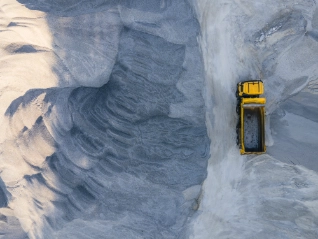
The US President’s latest tariff threat exposes the weaponised interdependence that has become a flashpoint for...

Navigating global payment risk in a year of rising insolvencies and shifting customer behaviour

100 years of managing risk, gaining knowledge and building trust

Every customer is a potential risk. The larger and more solvent they are, the greater the risk. In January 2023, Brazil...
Thanks to this partnership, our clients in Spain can become sellers on Alibaba.com’s B2B marketplace without paying an entry fee


Europe has committed to a new era in...

Trade tensions, AI investment and geopolitical shifts dominate the global trade agenda. The key takeaway: business must...

The US President’s latest tariff threat exposes the weaponised interdependence that has become a flashpoint for...

Navigating global payment risk in a year of rising insolvencies and shifting customer behaviour

Our Q3 2025 Risk Map update underscores the widespread nature of country...

Political gridlock and rising debt in France risk undermining eurozone stability and business confidence
Viewing 7 out of 62
Tariffs and growing protectionism could weigh on household spending


Pharmaceuticals businesses throughout the world are reviewing their operational and...

Chemicals production growth projected to slow in 2025/2026 due to US tariffs

Trade tensions trigger higher insolvencies

US business response to shifting trade policies

Our survey of companies across Canada, Mexico and the US reveals that while trade credit use is expanding, businesses remain...

Looking for safe havens in a divided region
Viewing 7 out of 202
Filter by
Credit insurance supports international trade by turning risk into opportunity, empowering firms to trade confidently and stay financially strong


This guide covers key steps to strengthen credit management, reduce risk, and protect cash flow

Having a credit management system that operates seamlessly with the rest of your business is...
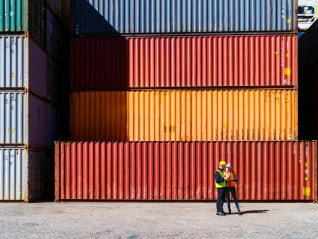
In an interconnected and volatile global economy, falling exports are more than a trade concern. They can...

Global disruptions can hit cash flow hard. Credit insurance helps businesses stay resilient, absorb shocks, and keep trade moving

Many businesses underestimate the true impact of buyer credit risk assessment. This oversight can quietly erode profitability

Resilience planning can be the difference between business growth and catastrophic...
Viewing 7 out of 27
Every customer is a potential risk. The larger and more solvent they are, the greater the risk. In January 2023, Brazil...



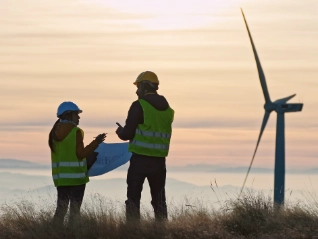
Atradius Surety supports OX2’s commercial aims and helps facilitate their rapid growth in the wind power industry.
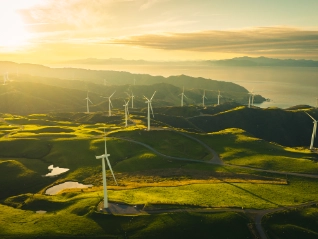
Vestas uses Atradius Surety solution to support their trade relationships.
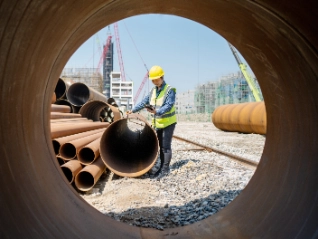
Atradius Surety has enabled Vinci Construction France to expand their sources of finance beyond their banking partners.

Atradius Surety works closely with PORR AG to provide them with surety bonds tailored to their needs, and quick...
Viewing 7 out of 17



Case Study
EnCom Polymers: credit management for chemicals sector
With the backing of Atradius’s resources, EnCom Polymers has been able to expand business with existing customers and go after new business they previously would have shied away from.
FERM (International) offers competitive payment terms and limits their credit risk to developing countries by using Atradius Dutch State Business (DSB) and...


By providing open dialogue, insight and valuable credit information we helped Brook Green Supply improve their internal credit...

Our agility and local knowledge of worldwide markets and buyers are key reasons why textiles business Georg Jensen Damask say they collaborate...

El Ganso credits our support in helping the fashion brand grow from a domestic-focused Spanish startup to a successful international business.

Janson Bridging (International) uses export credit insurance from Atradius Dutch State Business (DSB) to offer favourable credit terms to customers...

Calidad Pascual partners with international credit insurance firm Crédito y Caución Atradius to gain additional knowledge of international markets.

Late payers prompted content marketing agency KMOdynamoo to take out an Atradius credit insurance policy and has resulted in better debtor management.


































